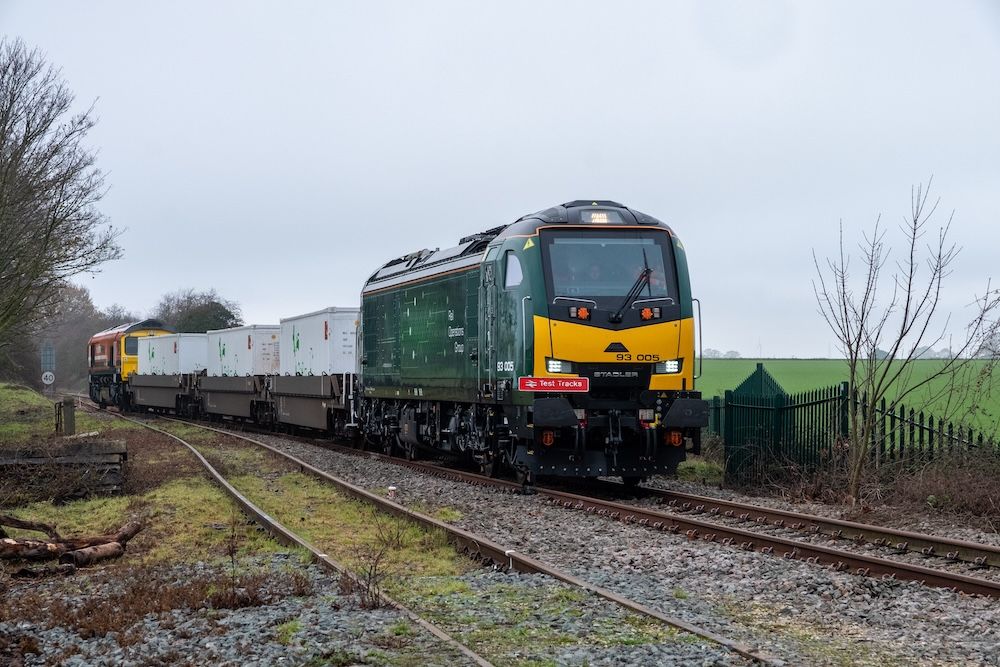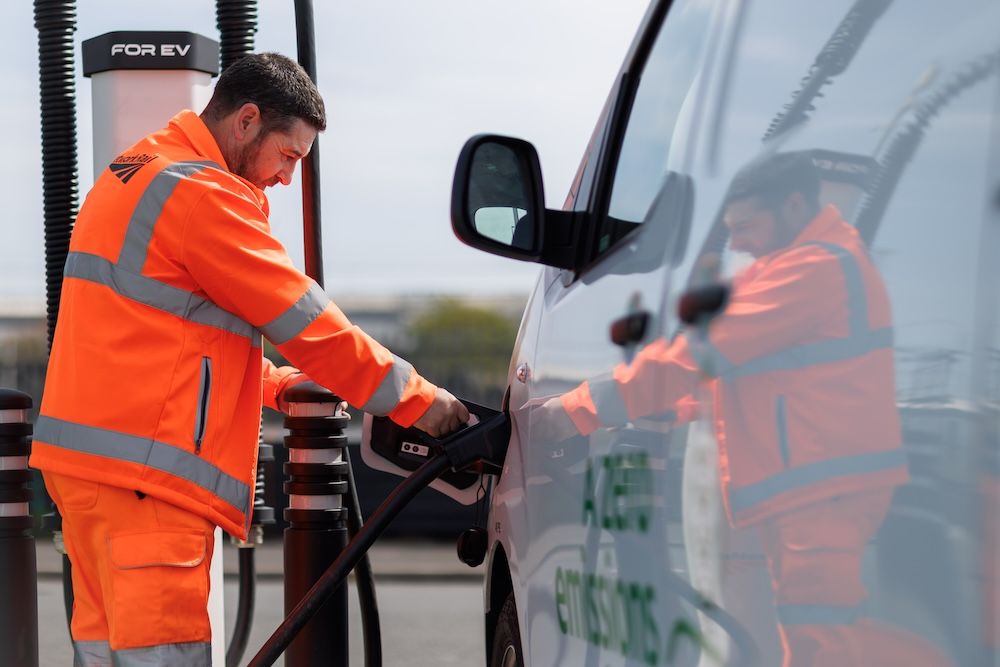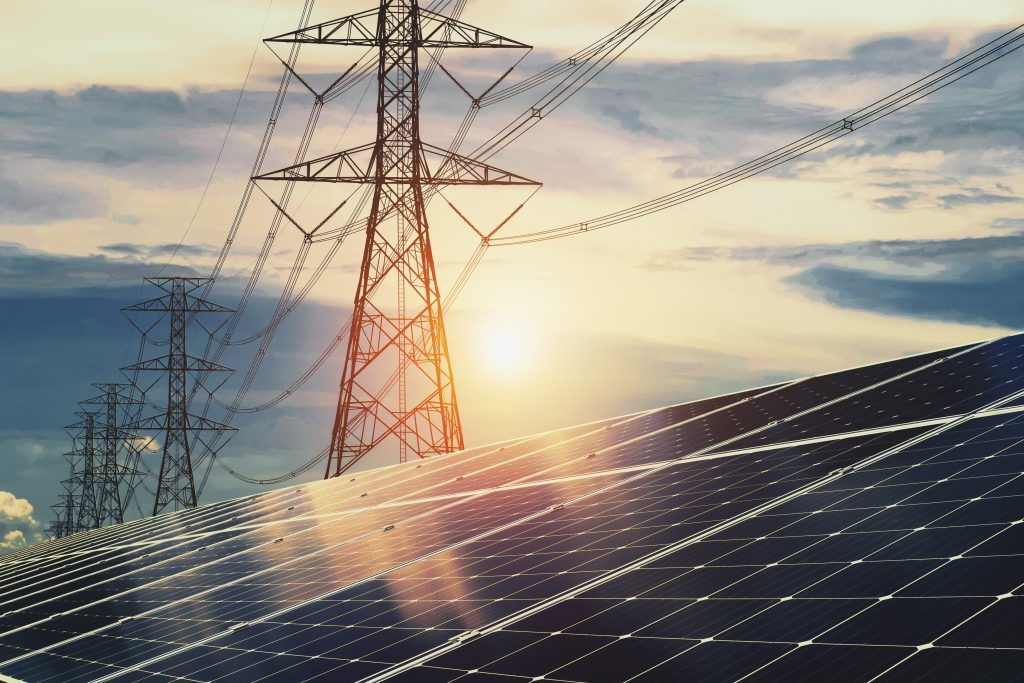National Highways has made the UK’s largest purchase of low-carbon hydrogen for the Lower Thames Crossing project, it has claimed.
The move, which is part of National Highways’ commitment to net zero maintenance and construction emissions by 2040, will see the proposed Lower Thames Crossing designated a pathfinder project to explore carbon neutral construction.
The scheme aims to remove 20 million litres of diesel from its worksites through the supply, storage and distribution of more than 6 million kilograms of hydogen. In total, the project aims to remove 66 million litres of diesel.
Other projects, such as HS2 have trialled small hydrogen generators, but the Lower Thames Crossing is the UK’s first to use the fuel on a large-scale to power its major construction vehicles such as excavators and dump trucks.
The project also plans to use electric plant for static or slow-moving machinery, where a mains connection is possible and in smaller equipment where battery solutions are viable. Other renewable fuel sources and biofuels may also be used.
Matt Palmer, Executive Director, Lower Thames Crossing said: “The proposed Lower Thames Crossing is designed to be the greenest road ever built in the UK, with the aim of being carbon neutral in construction. At the heart of these plans is the use of clean low-carbon hydrogen power, and by using it on such a large scale to power our heavy construction machinery that is traditionally hard to electrify, we can significantly reduce our carbon footprint, accelerate the construction industry’s shift away from diesel, and help kick start the creation of a hydrogen ecosystem in the Thames Estuary.”
Nusrat Ghani MP, Minister for Industry and Economic Security, said: “Last month we unveiled our new Route Map to drive diesel out of construction, marking a vital step towards achieving our ambitions of net zero by 2050. I’m pleased to now see National Highways’ plans to replace diesel with hydrogen on the proposed Lower Thames Crossing project.
“This will not only drive forward our construction sector’s net zero transition but also help to create a new hydrogen ecosystem in the Thames Estuary, moving us forward towards a cleaner, greener industrial future.”
Alasdair Reisner, CEO of the Civil Engineering Contractors Association said: “We have a shared challenge to drive carbon out of the construction industry, finding alternatives to diesel is vital. The journey will be difficult unless we start to make progress now and the leadership shown by the Lower Thames Crossing to use hydrogen at this unprecedented scale shows it can be done, and invites others to take a similarly bold step forward.”
Kate Willard, Thames Estuary Envoy and chair of the Thames Estuary Growth Board, said: “I am delighted to see the Lower Thames Crossing leading the charge to net zero in the construction sector. We have proven the demand-led case for investment in hydrogen in the Thames Estuary, and the Lower Thames Crossing will be instrumental in making this a reality. This extraordinary and much needed transport project is a clear demonstration of how we can make a successful transition away from fossil fuels not only in construction but also other sectors including maritime and logistics.”
Martin Whiteley, CEO of Thames Freeport said: “As well as offering attractive business incentives and significant amount of shovel-ready land for development, the freeport has a mandate support levelling up, innovation and moving to Net Zero. Thames Freeport stands ready to play a leading role in developing the region’s hydrogen ecosystem. We are delighted to be working with the Thames Estuary Growth Board to identify the opportunities across our sites for production, supply, refuelling and end use and how this will support the region’s hydrogen ecosystem.”
Image courtesy of National Highways







